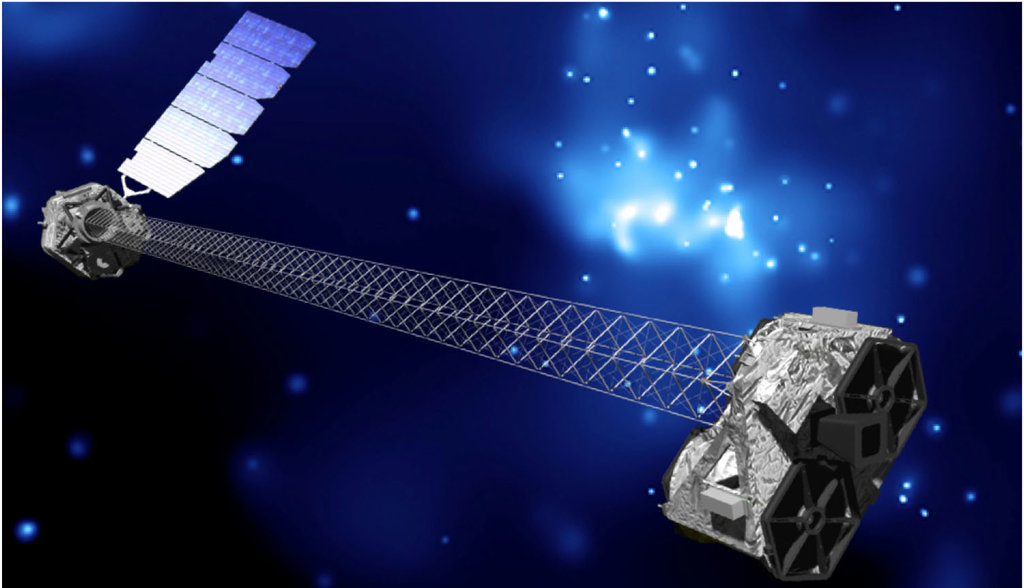This content has been archived. It may no longer be relevant

Though they are millions to billions of times the mass of our sun and gobble every stray star, planet and wisp of dust that wanders by, supermassive black holes are rather shy types.
They are thought to exist in most if not all large galaxies, but they typically hide behind clouds of gas and dust, hampering efforts to better understand them.
This summer, however, a group of astronomers at Durham University in England reported that they had used NASA’s Nuclear Spectroscopic Telescope Array, or NuSTAR, to detect five supermassive black holes rapidly engulfing matter at the center of their galaxies. Although the team had hypothesized that there were undetected black holes existing in particularly dark and dusty galaxies within our universe, the proof was nonexistent — until NuSTAR came along.
Launched in 2012 and controlled by NASA’s Jet Propulsion Laboratory in California, NuSTAR is an orbiting telescope with the ability to detect the highest-energy X-rays emitted by active black holes – including ones hidden by dust so thick that previous satellite observatories could not cut through. The team pointed the telescope at these nine galaxies suspected of harboring black holes based on previous observations from other telescopes. NuSTAR confirmed that five of them indeed housed active black holes at their centers. The team speculates that black holes in the other four are hidden even deeper behind gas and dust.
Their finding lends support to the notion that the universe may contain millions of supermassive black holes that are hidden from view.
The astronomers, led by George Lansbury, presented their findings at the Royal Astronomical Society’s national meeting last month in Wales. The Astrophysics Journal has accepted their paper for publication.
In its three years of operation, NuStar has proven to be a game changer in black hole research, Dr. Lansbury said by email. “The next stage would be to hunt for more of these hidden black holes,” he said. And sure enough, his team is currently “exploring new ways to select target galaxies for NuSTAR.”
The future of black holes is bright, friends.
—ASHAKI LLOYD
Article courtesy of the New York Times

